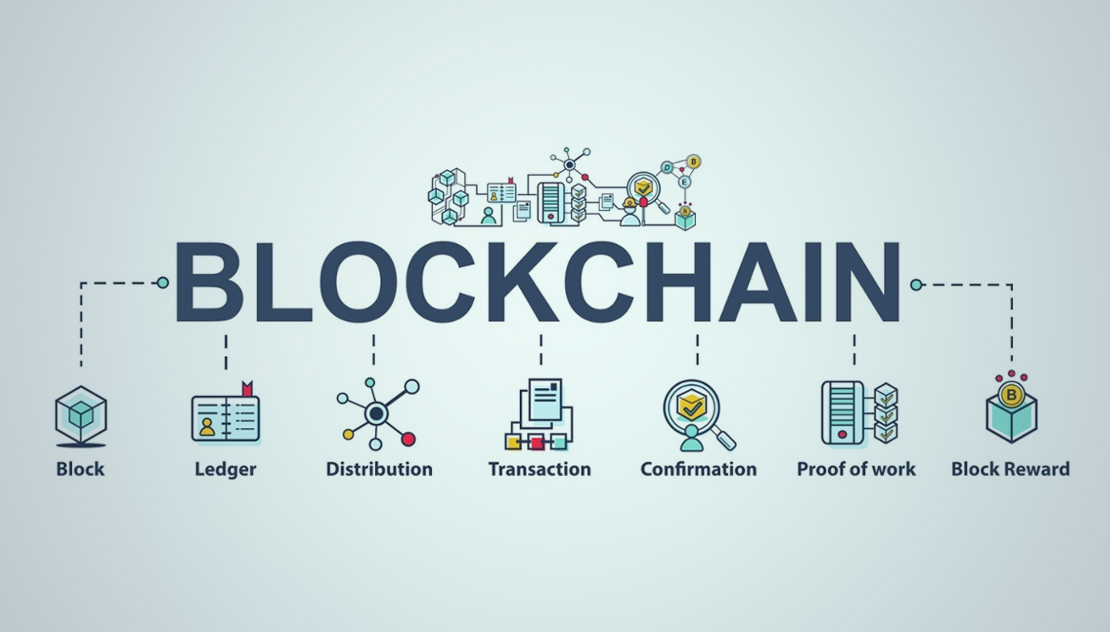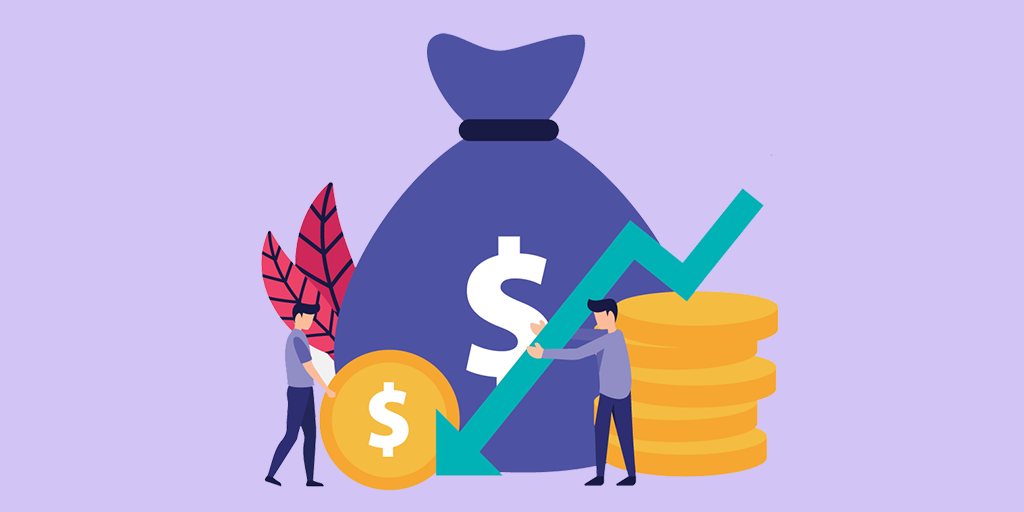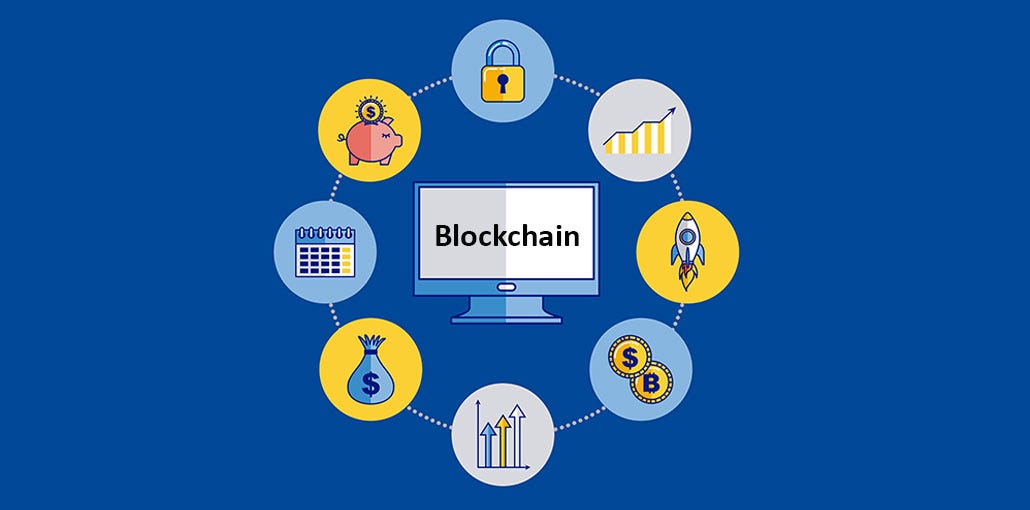Blockchain technology has gained massive attention over the last decade, particularly for its ability to transform traditional industries. One of the areas that stands to benefit the most from blockchain is the financial sector. With the promise of decentralized, secure, and transparent transactions, blockchain is set to change how we think about money, banking, and financial services.
As financial institutions grapple with the challenges of outdated systems, security risks, and high costs, blockchain technology offers a revolutionary alternative. But what does the future hold? In this blog, we’ll explore the current state of blockchain in finance, its benefits, challenges, and the exciting developments that lie ahead.
What is Blockchain?
At its core, blockchain is a digital ledger of transactions that is distributed across a network of computers, making it decentralized. Unlike traditional systems that rely on a central authority, blockchain enables peer-to-peer interactions without the need for intermediaries like banks or payment processors.
A Simple Explanation
Imagine a spreadsheet shared across many computers, where every change is recorded and visible to all participants. Every time a transaction occurs, it is added to a “block,” and when a block is filled with data, it is linked to the previous one, forming a “chain.” Hence, the name “blockchain.”
Key Features
Some key features that make blockchain so attractive for financial applications include:
Decentralization: No single entity controls the system.
Immutability: Once data is added, it cannot be altered.
Transparency: All participants can see transaction records.
Security: Encryption ensures that transactions are protected from tampering.
Current Applications of Blockchain in Finance
Blockchain is already making its mark in the financial world, but these are still early days. Here are some of the most notable ways blockchain is currently being used:
Cryptocurrencies
The first application of blockchain was the creation of Bitcoin, a decentralized digital currency. Since then, thousands of other cryptocurrencies have emerged, with each offering various benefits and use cases. Cryptocurrencies enable secure, borderless transactions without the need for banks, making them highly attractive in a globalized economy.
Smart Contracts
Smart contracts are self-executing contracts where the terms of the agreement are directly written into code. These contracts run on blockchain networks and can automate transactions when certain conditions are met. For example, a smart contract could automatically release funds when goods are delivered in a supply chain.
Cross-border Payments
One of the biggest challenges in traditional finance is the high cost and time delays associated with cross-border payments. Blockchain streamlines this process by allowing near-instant transfers at a fraction of the cost, bypassing the need for intermediaries like SWIFT or Western Union.
Decentralized Finance (DeFi)
DeFi is a rapidly growing area within blockchain that seeks to recreate traditional financial services, like lending, borrowing, and trading, on a decentralized platform. This eliminates the need for banks and brokers, allowing individuals to directly manage their assets.
Benefits of Blockchain in Finance
The potential benefits of blockchain in finance are numerous, and they address some of the biggest pain points of traditional financial systems. Here are some of the key advantages:
Increased Transparency
In traditional financial systems, it can be difficult to track the flow of money, especially in complex transactions involving multiple intermediaries. Blockchain provides a transparent, auditable trail of transactions that can be accessed by anyone on the network, reducing the risk of fraud and corruption.
Reduced Costs
By eliminating intermediaries such as banks, brokers, and clearinghouses, blockchain significantly reduces transaction fees. For businesses, this can translate into millions of dollars in savings. For individuals, it means faster, cheaper financial services.
Improved Security
Because blockchain transactions are encrypted and stored across multiple nodes, it is incredibly difficult for hackers to alter data. This makes blockchain far more secure than traditional financial systems, where a single point of failure, like a bank’s server, could result in a major breach.
Faster Transactions
Blockchain allows for near-instant transactions, which is a significant improvement over the days (or even weeks) it can take for traditional bank transfers to clear, especially when it comes to international payments. This speed is a game-changer for global commerce.
Challenges Facing Blockchain in Finance
While the potential of blockchain is enormous, it is not without its challenges. Understanding these hurdles is essential for navigating the future of blockchain in finance.
Scalability Issues
One of the main criticisms of blockchain technology is its scalability. Many blockchain networks, especially the most popular ones like Bitcoin and Ethereum, struggle to process large volumes of transactions quickly. Solutions like layer 2 protocols and sharding are being explored to address these limitations, but they are still in development.
Regulatory Uncertainty
Regulatory frameworks around blockchain and cryptocurrencies vary widely from country to country. Some governments have embraced the technology, while others have been more cautious or even outright hostile. This regulatory uncertainty makes it difficult for businesses and financial institutions to fully adopt blockchain.
Adoption Barriers
Despite the hype, blockchain adoption in the financial industry has been slow. Many institutions are hesitant to transition from traditional systems, partly due to concerns about integrating blockchain with legacy infrastructure. There’s also a lack of understanding and expertise, which can hinder adoption.
Energy Consumption
Some blockchain networks, particularly those that use Proof of Work (PoW) consensus mechanisms like Bitcoin, are highly energy-intensive. This has raised environmental concerns and pushed developers to explore more sustainable alternatives, such as Proof of Stake (PoS) and other consensus mechanisms.
The Future of Blockchain in Finance
Despite the challenges, the future of blockchain in finance looks promising. As the technology matures, we can expect to see even more innovative applications.
More Widespread Adoption
In the coming years, we can expect banks and financial institutions to adopt blockchain technology more widely. Some have already begun integrating blockchain for back-end processes, such as clearing and settlement. As blockchain continues to prove its value, it’s likely that we’ll see even greater adoption across the sector.
Central Bank Digital Currencies (CBDCs)
Governments around the world are exploring the use of blockchain for issuing Central Bank Digital Currencies (CBDCs). These digital versions of national currencies would be more efficient than physical cash and could be used for everything from everyday transactions to cross-border trade.
Tokenization of Assets
Blockchain allows for the tokenization of assets, which means real-world assets like real estate, art, or even stocks can be represented as digital tokens on a blockchain. This could enable fractional ownership, allowing people to invest in assets they might not have been able to afford otherwise.
Integration with AI and IoT
Blockchain is likely to integrate with other emerging technologies, such as Artificial Intelligence (AI) and the Internet of Things (IoT). For example, AI could be used to analyze blockchain data for better decision-making in finance, while IoT devices could use blockchain for secure, automated transactions.
Blockchain and the Evolution of Financial Services
Blockchain has the potential to completely reinvent financial services, from banking to insurance to funding management.
Reinventing Banking Systems
Traditional banking systems are often slow, expensive, and prone to errors. Blockchain could streamline processes such as identity verification, payments, and loan issuance, making banking more efficient and accessible.
Lending and Borrowing
Blockchain enables peer-to-peer lending platforms, where borrowers and lenders can interact directly, bypassing banks altogether. This could lead to lower interest rates for borrowers and higher returns for lenders.
Insurance
Blockchain could also transform the insurance industry by making claims processing more transparent and efficient. Smart contracts could automatically trigger payments when certain conditions are met, reducing the need for lengthy claims investigations.
Conclusion
The future of blockchain in finance is full of possibilities. While there are challenges to overcome, the benefits of increased transparency, reduced costs, improved security, and faster transactions make it a powerful tool for transforming the financial industry.
As we look forward, blockchain will likely continue to play a major role in reshaping how we handle money, from everyday transactions to large-scale fundings. Whether through the adoption of CBDCs, the growth of decentralized finance, or the integration of blockchain with AI and IoT, one thing is clear: blockchain is here to stay, and its impact on finance will only grow in the years to come.







